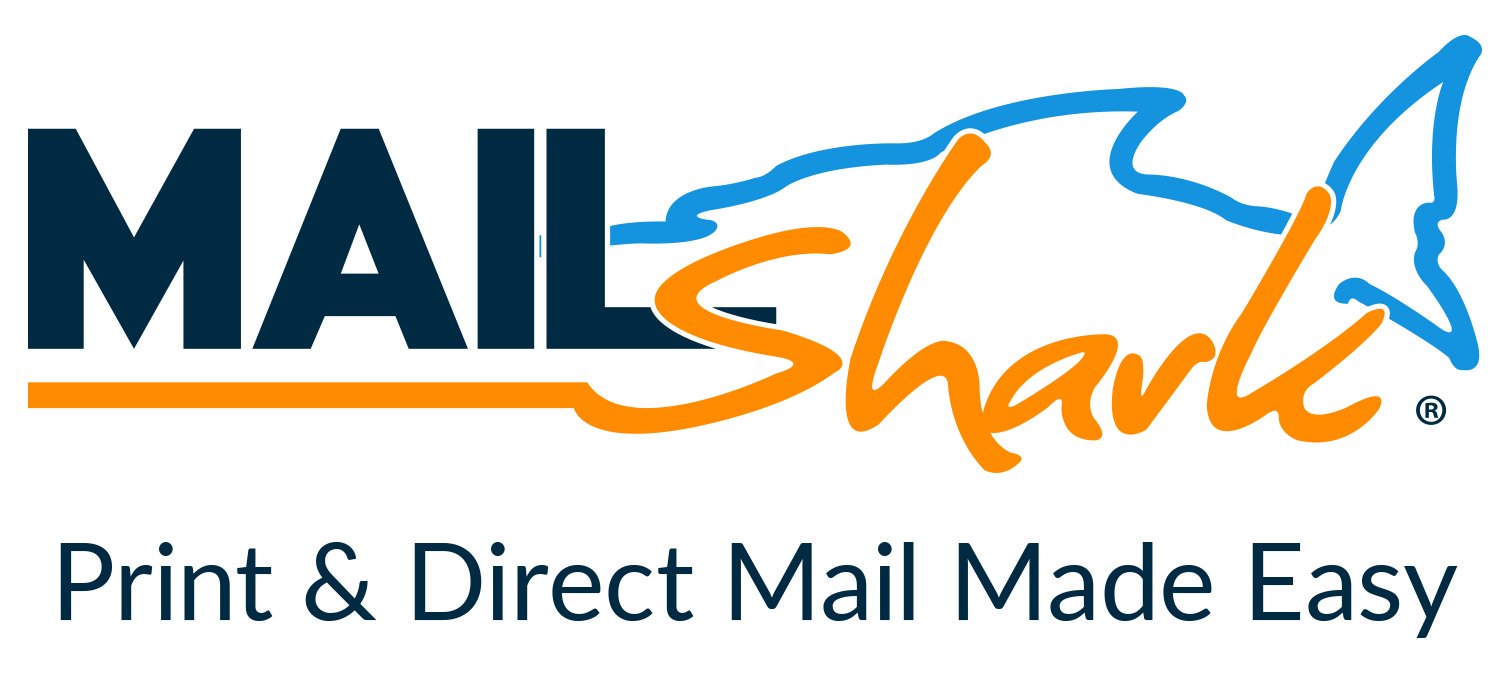The Weekly Blitz is brought to you by our friends over at Shop Marketing Pros. If you want to take your shop to the next level, you need great marketing. Shop Marketing Pros does top-tier marketing for top-tier shops.
Click here to learn more about Top Tier Marketing by Shop Marketing Pros and schedule a demo:https://shopmarketingpros.com/chris/
Check out their podcast here: https://autorepairmarketing.captivate.fm/
If you would like to join their private Facebook group go here: https://www.facebook.com/groups/autorepairmarketingmastermind
In this podcast episode, Chris Cotton from Auto Fix Auto Shop Coaching examines the JD Power 2024 US Customer Service Index Study. He offers strategies for auto repair shops to outperform dealerships by focusing on immediate service, convenience, and the smart use of technology. Cotton emphasizes the need for shops to educate customers and offer value through quality service rather than just competing on price. He advises shops to enhance their online presence and local advertising to attract customers. The episode is a guide for auto repair businesses to improve service and capitalize on dealership shortcomings to gain customer loyalty.
The JD Power 2024 US Customer Service Index Study (00:01:10) Insights from the study on dealership customer service, wait times, and technician retention.
Dealership Wait Times and Technician Retention (00:02:14) Discussion on the impact of wait times, technician retention, and the influence on customer satisfaction.
Customer Preferences and Technology (00:06:25) Customer preferences for immediate service, convenience, and the importance of technology in service updates.
Rising Costs and Customer Satisfaction (00:09:02) Increase in the average amount spent on dealer visits, the impact of inflation, and customer satisfaction.
Adapting to Market Landscape (00:13:18) The need to embrace technology, improve communication, and address wait times and cost concerns.
Advertising Strategies for Auto Repair Shops (00:14:22) Tactical approaches to leverage speed, convenience, technology, cost-effectiveness, education, and tailored promotions in advertising.
Implementing the Marketing Strategy (00:19:05) Guidance on assessing current advertising channels, revamping content, and staying responsive to market changes.
Connect with Chris:
[email protected]
Phone: 940.400.1008
www.autoshopcoaching.com
Facebook: https://www.facebook.com/
AutoFixAutoShopCoachingYoutube: https://bit.ly/3ClX0ae
#autofixautoshopcoaching #autofixbeautofixing #autoshopprofits #autoshopprofit #autoshopprofitsfirst #autoshopleadership #autoshopmanagement #autorepairshopcoaching #autorepairshopconsulting #autorepairshoptraining #autorepairshop #autorepair #serviceadvisor #serviceadvisorefficiency #autorepairshopmarketing #theweeklyblitz #autofix #shopmarketingpros #autofixautoshopcoachingbook
Click to go to the Podcast on Remarkable Results Radio






.thumb.jpg.2b345efc275b9df0af2bbb306a10a78a.jpg)












Recommended Posts